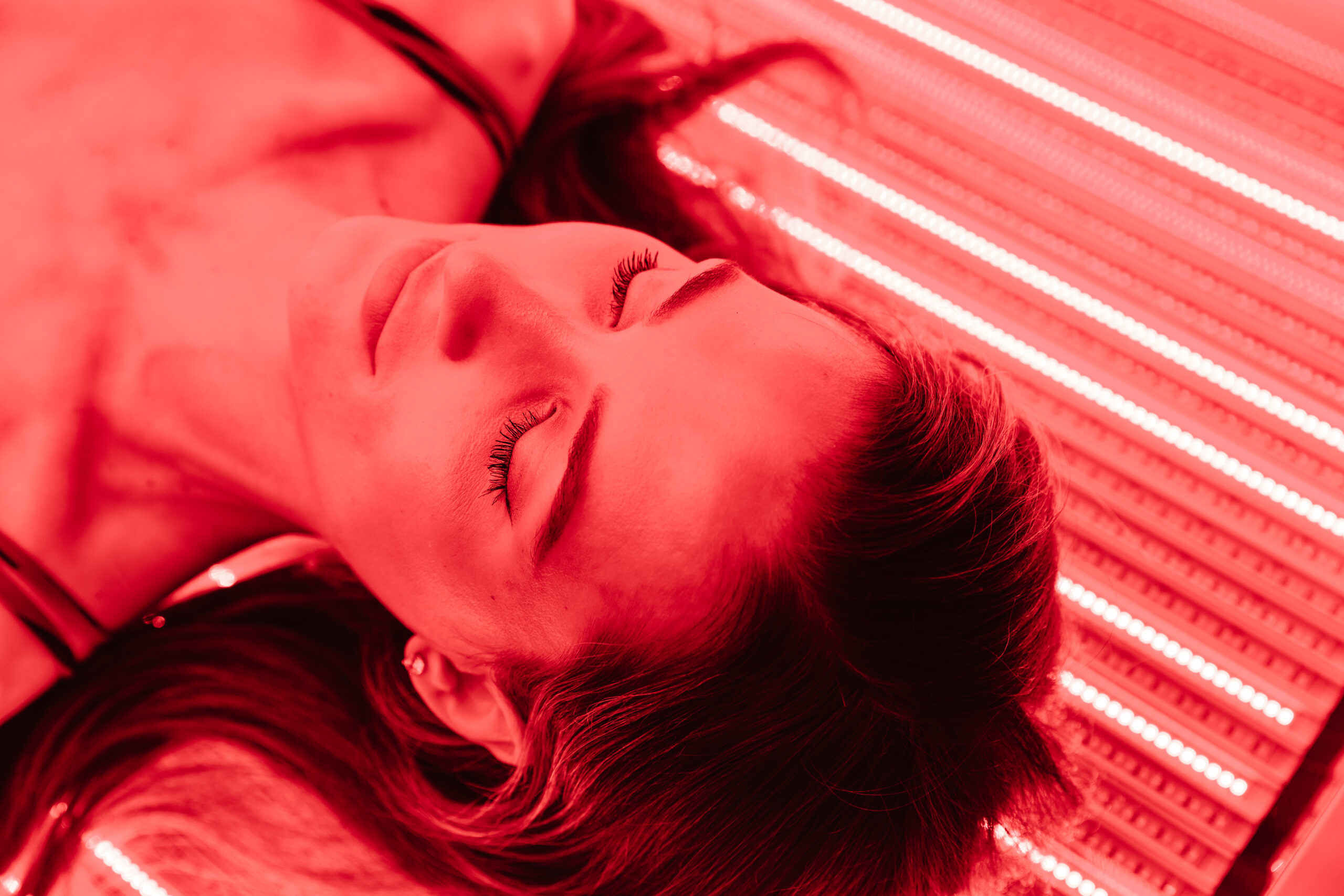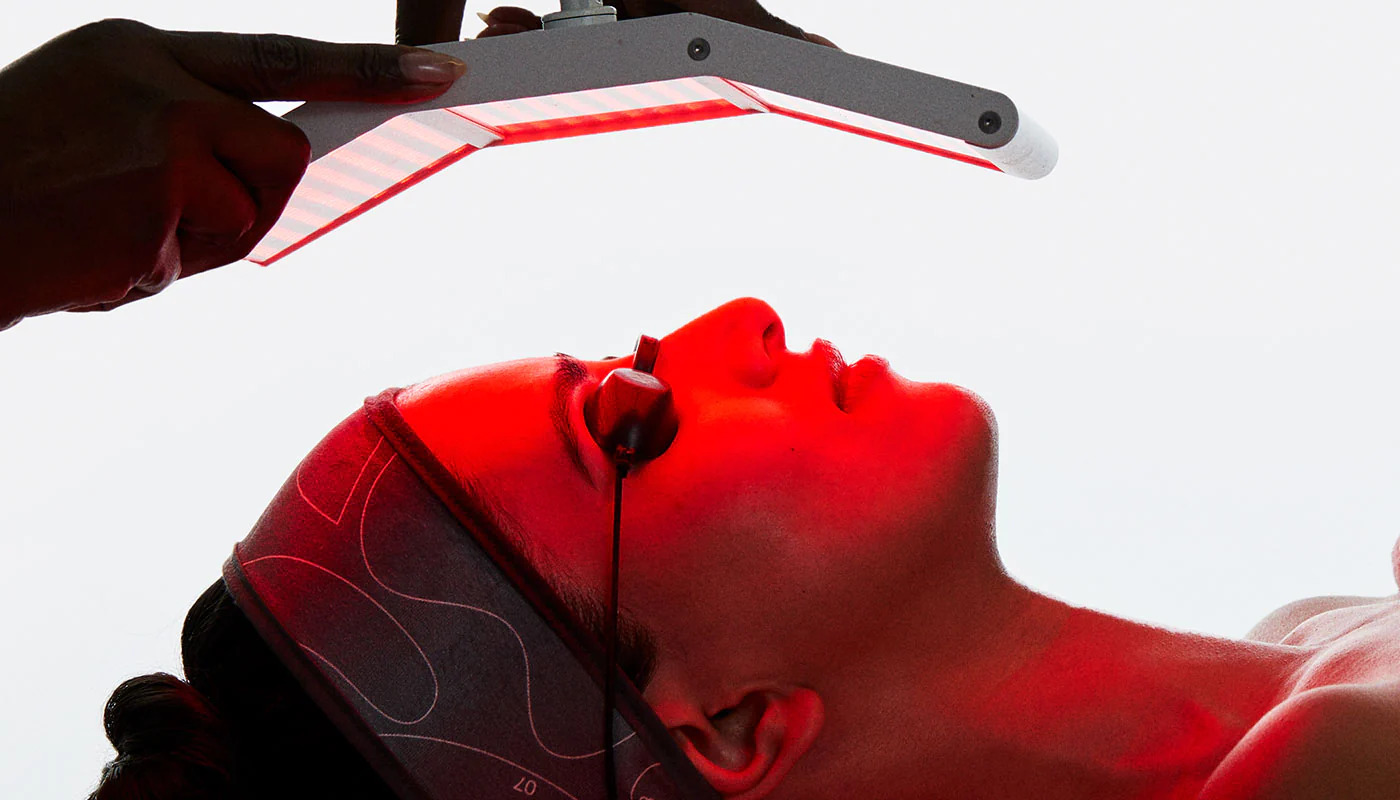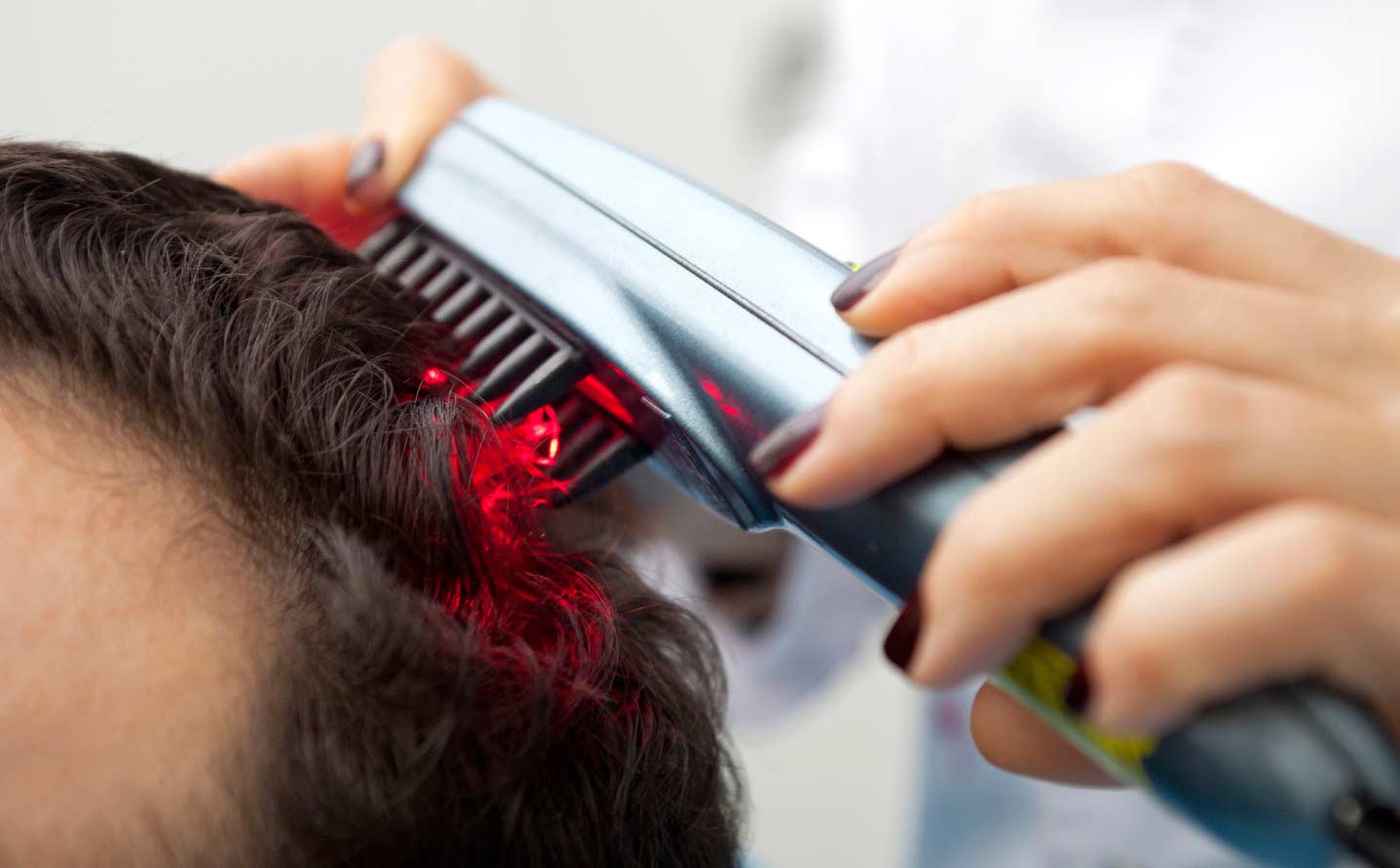Many people use red light therapy to treat chronic skin diseases and acne, decrease muscle and joint discomfort, and even diminish the apparent indications of aging, like wrinkles. However, can you use red light therapy every day?
Unlike many one-size-fits-all therapy approaches, red light therapy is highly adjustable and personalized. Photobiomodulation (PBMT), commonly known as a red light treatment, harnesses the power of light to boost energy generation and repair within cells.
Since red light therapy is a dose-dependent treatment, your body’s response may improve each session. A daily routine treatment plan produces the best results.
However, many people are curious about how frequently they should use a red light therapy mask, an LED face mask, an infrared sauna treatment, and other devices for a proper therapy session.
So, let’s discover whether you can use red light therapy every day.

Can You Use Red Light Therapy Every Day?
Some people need treatment regularly, while others may get by with treatment now and then. Most people achieve good benefits after a 15-minute session three to five times per week for several months.
Therefore, it is often advised to use red light therapy three to five times per week. However, depending on the treatment required, the frequency of use may vary. Some patients require red light therapy numerous times per day, while others may just require one session per week.
The greatest advice is to always consult your doctor about it, as they are qualified health specialists who understand your unique health needs better than anybody else. They may recommend a traditional treatment in addition to the LLLT and set up follow-up consultations to confirm that everything is going smoothly.
Remember that if acne reduction is your aim, you should not overuse red light therapy. This is because red light treatment targets the glands that create lubricant and sebum, which are required for skin lubrication. When using red light therapy, remember that dry skin can cause breakouts.

Source: dermalogica.ie
How Does Red Light Therapy Work?
Simply said, red light therapy may stimulate your cells. The mitochondria, your cells’ energy source, are stimulated by a light-emitting diode. Your cells perform better when you have more energy.
When it comes to which wavelengths deliver the most health advantages, research suggests that red and NIR wavelengths, known as the therapeutic window, may be the most effective.
What Is Red Light Therapy?
Low-level laser therapy is another name for red light therapy (LLLT). Red light therapy may be a pain reliever and cell function enhancer thanks to LEDs or low-energy light-emitting diodes.
Unlike higher-power diodes, red light treatment does not harm human body tissues in any manner. On the contrary, red light treatment may be useful in accelerating wound healing and alleviating pain in illnesses such as arthritis.
How Is Red Light Therapy Used?
Red light has been used to potentially treat various illnesses, including skin, dental, and inflammatory problems.
Skin conditions and skin health
Red light therapy is a common treatment method for redness, scars, acne, and wrinkles. This could be because of the effect of light on collagen formation and blood circulation in skin tissue.
Red light treatment may be beneficial in the following ways:
Anti-aging
Red light treatment may improve the appearance of sun-damaged or aged skin. It may increase the rate at which cells secrete collagen proteins. This lifts and tightens loose skin, decreasing wrinkles.
Acne
Although there is limited data, cold laser therapy may be an effective treatment for acne vulgaris. The red light may reduce skin inflammation, irritation, and sebum production.
Hair growth
Low-level laser light therapy may aid in treating hair loss in both men and women, but additional research is required.

Source: irhto.com
Dental pain
Dental professionals use red light therapy to treat a range of dental issues. The treatment may help to relieve discomfort, inflammation, and rashes. It may also aid in the control of harmful oral bacteria.
Red light therapy is used in the following treatments:
TMD (temporomandibular dysfunction)
TMD causes jaw discomfort and clicking, as well as limited jaw movement. Red light treatment may help people with this illness decrease discomfort, increase their range of motion, and improve muscular function.
Periodontitis
Red light therapy may aid in treating periodontitis, a chronic buildup of tooth plaque bacteria. This treatment, together with photodynamic therapy, may aid in the reduction of bacteria associated with this type of accumulation.
Burning mouth syndrome
Low-light laser therapy may help reduce uncomfortable symptoms in postmenopausal women who have burning feelings in their mouths.
Inflammation
Red or near-infrared light may stimulate cells to produce more antioxidants and reduces inflammatory indicators. Soft laser therapy may help reduce inflammatory disorders without the need for medicines or surgery, such as:
Osteoarthritis
Red light treatment has been shown in several studies that may improve pain and disability in people with knee osteoarthritis. The advantages lasted for up to 12 weeks after therapy was completed.
Tendinitis
Tendinitis or tendinopathy is a common issue among athletes. Red light treatment may increase athletic performance and hasten muscle regeneration. This could be because of the treatment’s ability to counteract oxidative stress generated by exercise.
Psoriasis
Cold laser therapy is a typical treatment for mild to moderate psoriasis, an autoimmune inflammatory skin disorder. However, different light sources are required for each type of this condition to be helpful and avoid skin burning or other negative effects.
Side Effects of Red Light Therapy
While red light therapy may cause side effects such as eye strain or headaches, these are usually minor and resolve rapidly. If you have sensitive skin, you may notice redness, which is normal and should not worry you.
Since LLLT treatments are non-invasive and painless, recovery is not needed afterward. You can continue your normal living activities immediately, and the adverse effects indicated above are uncommon.
It should be noted that there have been cases of burns caused by falling asleep with the lights on. Excessive exposure to the diodes may cause burns or eyestrain, especially since the suggested session length is less than 30 minutes.
Related: Are All Red Light Therapy the Same?
Conclusion
Numerous red light therapy items are available, and multiple reasons to use red light therapy. Using red light therapy as frequently as possible is the key to seeing improvements.
So, can you use red light therapy every day? It is advised three to five times per week. However, you may use it two to three times daily for specific problems, such as cold sores or other skin disorders.
As said, the red light therapy treatment is painless, and the hazards are minimal. Suppose you aim to relieve pain, enhance blood flow, or achieve any previously described benefits. In that case, there appears to be no frequency limit. You can’t overdo red light therapy.
We hope we have answered your question about whether you can use red light therapy every day. Remember, before you decide to try anything, make sure you contact your doctor and ask for their advice.

Hello! I’m Nicky Rodgers.
Almost a decade ago, I got excited about the idea of employing alternative methods like red light therapy to create a healthier life.
To learn more about it, I did my Certified Light Therapist course from Photonic Therapy Institute and started looking into the intricacies of how light therapy influences several bodily processes. Before I knew it, my interest had become an obsession which resulted in this extensive blog.
Here, I offer countless well-researched articles to help you understand the benefits and uses of light therapy. I hope this information gives you a head start in your wellness journey.
